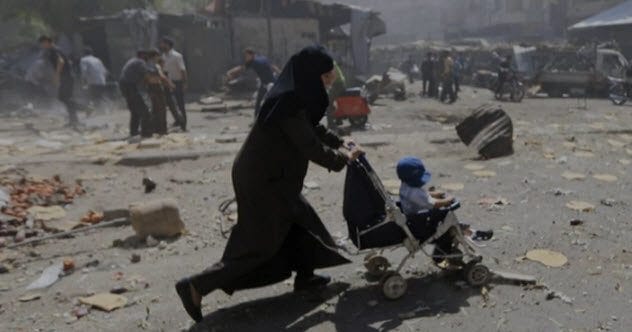The world is a complex web of interconnected nations, where the spark of conflict in one place can quickly ignite global tensions. As history has shown, global conflicts often arise from unexpected corners. Today, several strategic locations are potential flashpoints, where the interests of major powers clash, and the risk of escalation looms large. Let’s explore ten hotspots where global conflict could erupt.
Syria
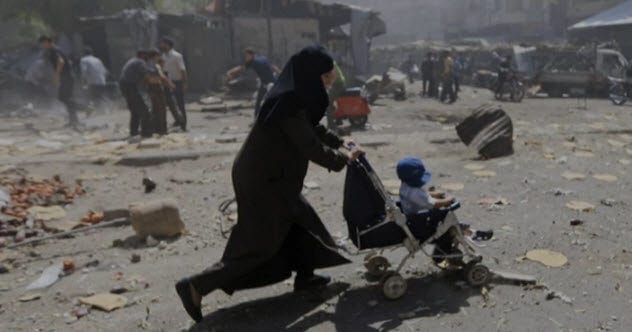
Syria has been embroiled in a devastating civil war since 2011. What began as protests against President Bashar al-Assad’s regime quickly spiraled into a full-scale rebellion. With Russia and Iran backing Assad, and the United States supporting rebel forces, the conflict has become a proxy war. The ongoing violence has triggered a massive humanitarian crisis, forcing thousands of Syrian refugees to seek safety in neighboring countries.
The presence of the Islamic State further complicates the situation. Should the US implement a no-fly zone, as proposed, any confrontation with Russian aircraft could escalate the conflict to a global scale.
Israel
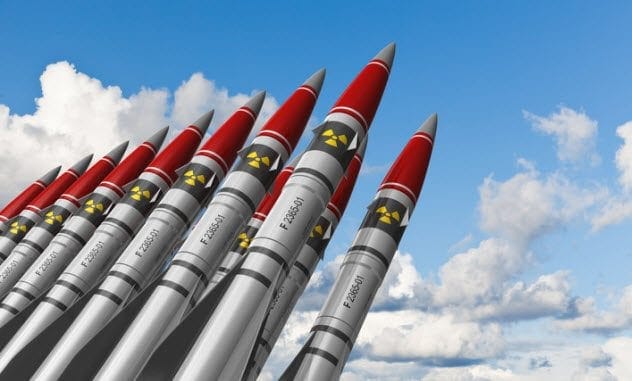
Since its establishment in 1948, Israel has faced numerous adversaries. Surrounded by Arab nations, many of whom harbor deep-seated resentment, Israel’s existence is a constant source of tension. The primary contention revolves around the legitimacy of Israel’s territorial claims and theological differences.
Iran’s pursuit of nuclear capabilities poses a significant threat to Israel’s national security. An attack by either nation could quickly draw in the United States and other global powers, igniting a broader conflict.
The Persian Gulf

The Persian Gulf has become a major area of global tension. Iranian naval maneuvers around US warships have led to heightened unease. These provocative actions are seen by some as a deliberate attempt by Iran to push back against ongoing sanctions.
With increasing tensions and the potential for military action, the Persian Gulf remains a highly volatile region where a global conflict could easily erupt.
Kashmir
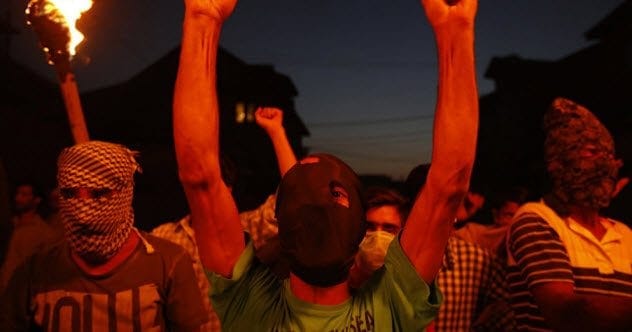
Kashmir, a contested region between India and Pakistan, is a predominantly Muslim area. Many Kashmiris seek to join Pakistan rather than remain under Indian control. This has fueled an active separatist movement and the rise of terrorist groups targeting the Indian government.
With both India and Pakistan possessing nuclear weapons, any escalation in Kashmir carries the risk of a nuclear conflict. This would undoubtedly draw in global powers like the United States and China.
The Korean Peninsula
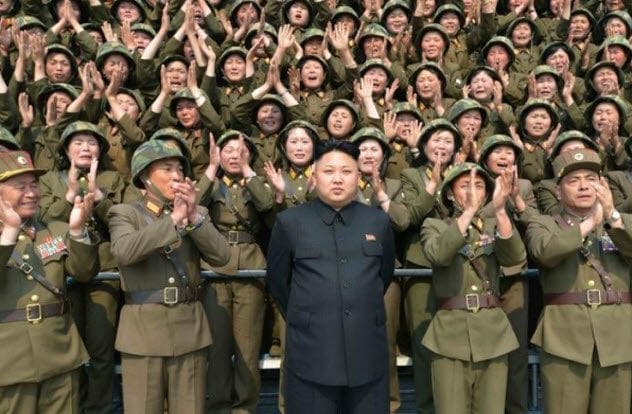
North Korea’s unpredictable leader, Kim Jong Un, has made numerous threats against South Korea and the United States, drawing international attention. The United States and South Korea maintain a strong military presence in the region as a deterrent.
North Korea’s development of intercontinental ballistic missiles capable of reaching the United States raises the stakes even higher. Any attack on Japan or South Korea would likely trigger a full-scale response from the US military, making the Korean Peninsula a potential flashpoint for global conflict.
The South China Sea
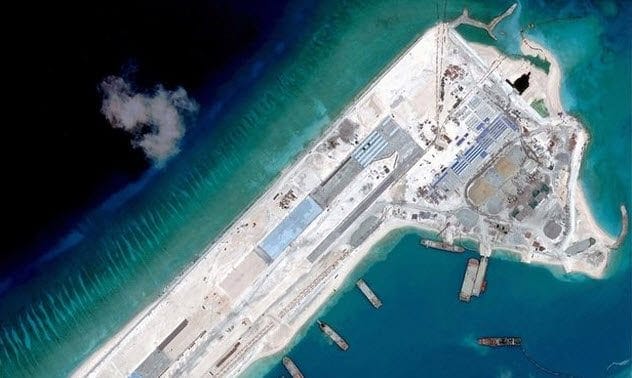
The South China Sea is one of the world’s most contested regions. China’s claims of sovereignty over disputed islands and surrounding seas have sparked tensions with Vietnam, Japan, Taiwan, and other nations.
China’s construction of artificial islands and deployment of military assets have further escalated the situation. With the United States maintaining a strong military presence in the area, the South China Sea remains a highly probable location for a future global conflict.
Taiwan
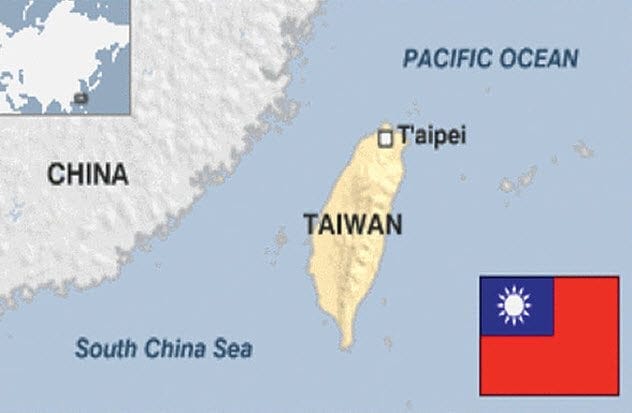
Taiwan is another major point of contention between the United States and China. Since the Chinese civil war in the 1940s, Taiwan has operated as an independent nation, though technically still under Chinese control.
China’s potential attempt to reclaim Taiwan by force remains a significant concern. The United States’ commitment to Taiwan’s defense, as outlined in the Taiwan Relations Act, increases the risk that any Chinese action could lead to a global conflict.
Latvia

According to national defense expert Dr. Paul Miller, Latvia could be the starting point for World War III. Miller believes that Putin may instigate civil unrest among ethnic Russians in Latvia, using it as a pretext to intervene.
If NATO nations fail to defend Latvia, it would signal a broader collapse of the alliance. Alternatively, if the United States intervenes, it could trigger a direct conflict with Russia, leading to a global war.
The Suwalki Gap

The Suwalki Gap, a narrow strip of land between Poland and Lithuania, is a critical point of vulnerability in Europe. Capturing this gap would allow Russia to connect its Baltic enclave of Kaliningrad with its ally Belarus, isolating the Baltic states from the rest of NATO.
The increasing military presence and training operations in the area make it a dangerous flashpoint. A conflict between the West and Russia is likely to begin here.
Cyberspace

In today’s interconnected world, cyberspace has emerged as a new battleground. Essential infrastructure, including power plants, financial markets, and military communications, relies on the Internet, making them vulnerable to cyberattacks.
Cyberwarfare is a rapidly evolving threat, and the United States, Russia, and China are investing heavily in their cyber capabilities. A successful cyberattack could have devastating political and economic consequences, potentially triggering a large-scale conventional war.
These ten hotspots represent potential tinderboxes where global conflict could erupt. Understanding the underlying tensions and strategic interests at play is crucial for navigating the complex landscape of international relations.
What do you think? Leave your comment below.


